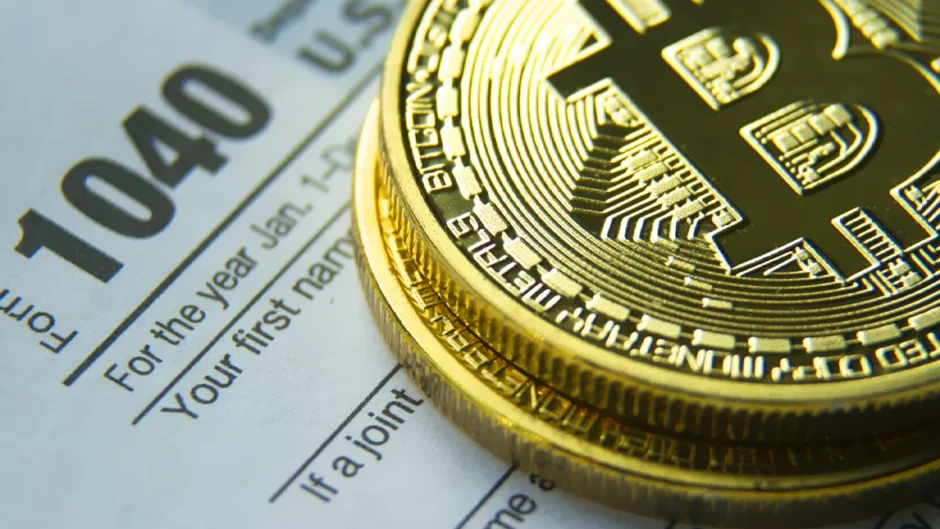The cryptocurrency market is notorious for its volatility, and altcoins—alternative cryptocurrencies launched after Bitcoin—are no exception. One of the factors contributing to the fluctuations in altcoin prices is the phenomenon of token unlocking. This article explores why the altcoin market often declines after token unlocks, examines specific cases, and provides insights on navigating these market dynamics.
What is token unlocking?
Token unlocking refers to the release of a previously locked portion of a cryptocurrency’s total supply into the market. This often occurs as part of the terms agreed upon during initial coin offerings (ICOs) or other fundraising mechanisms, where a certain number of tokens are held back from circulation for a specified period.
The impact of token unlocking on the market
Token unlocking events can significantly influence the market dynamics of altcoins. When a large volume of tokens is released into the market, it can lead to an oversupply, reducing interest from buyers and causing a drop in token prices. The timing and scale of these unlocks are crucial factors in how the market reacts.
Why do token unlocks lead to declines?
Short-term profit lock-in by early investors
Early investors, such as venture capitalists and other institutional investors, often seek to capitalize on their investments by selling off their tokens as soon as they are unlocked. According to Bloomberg, these investors aim to lock in short-term profits rather than hold onto the unlocked altcoins for potential future growth. This mass sell-off can flood the market with tokens, leading to a significant price drop.
Discounted sales by brokers
Brokers often need to offer tokens from early investors at a discount, sometimes up to 40%, to attract potential buyers. Edward Chin, co-founder of the investment company Parataxis Capital, notes that this practice adds intense pressure on the altcoin market, further contributing to price declines.
“The market is strange at the moment, in that the many infrastructure projects that investors funded over the bear market are now coming to their token launch, but there is not a ton of regular buyers of these tokens at high prices,” says Lex Sokolin, co-founder of Generative Ventures.
Examples of token unlock-triggered declines
Several altcoins have experienced significant price declines following their token unlock events. For instance, the token of the dYdX project, DYDX, saw a 61% drop over three months, falling to $1.4 with a market capitalization of $838 million. Similarly, the Pyth Network (PYTH) and Avalanche (AVAX) tokens fell by 55% and 66%, respectively, during the same period. These declines highlight the impact of token unlocks on the altcoin market.
Market-wide impact
The broader altcoin market has also been affected. Among the 90 largest crypto assets by market capitalization, only 12 showed positive returns since mid-March 2024, while about 80 projects exhibited negative dynamics. A significant portion of these assets, 23 to be exact, fell by more than 50%.
Crypto winter in the Altcoin market
Analysts from 10xResearch have pointed out that the 115 most prominent altcoins have dropped in price by more than 50% from their 2024 peaks. This decline mirrors previous market cycles, such as those in 2017 and 2021. Without new funds and restored liquidity, altcoin prices may continue to fall.
“Today, altcoins are in a brutal bear market. In 2024, 73% of those 115 coins peaked in March. We have been correct in calling for Bitcoin’s outperformance against everything else, notably Ethereum, but in early March, the game changed,” state 10xResearch analysts.
While altcoins suffer, Bitcoin (BTC) and Ethereum (ETH) have shown relative resilience, down 11% and 13%, respectively, from their peaks this year.
“Surviving the altcoin bear market hinges on one crucial factor: effective risk management. Token unlocks and unfavorable crypto liquidity indicators are the primary catalysts of this altcoin crash,” emphasize the analysts from 10xResearch.
Venture capital influence and AI interest
Venture capital funds have played a significant role in the current altcoin market dynamics. In the first quarter of 2022, these funds invested $13 billion in altcoins. As investors demand returns, venture funds are compelled to sell their tokens, exacerbating the market decline. Additionally, the growing interest in artificial intelligence (AI) has diverted investment focus away from altcoins, further contributing to their downward trend.
Should traders wait for the Altcoin season?
Despite the current downturn, some analysts believe an altcoin season could be on the horizon. The share of Bitcoin in the total crypto market capitalization, known as the Bitcoin Dominance Index, stands at 54.6%. This index is a key indicator of market cycles and investor sentiment. During cyclical downturns, Bitcoin’s share typically increases, while during bull markets, altcoins often outpace Bitcoin’s growth.
Monitoring the ETH/BTC ratio
Swissblock analysts suggest that traders should monitor the ETH/BTC price ratio, which reflects Ethereum’s price relative to Bitcoin. An increase in this ratio is traditionally seen as a sign that capital is flowing into altcoins.
Technical Analyst Titan of Crypto also expressed optimism about an upcoming altseason in April. He believes that the period following the Bitcoin halving often marks a turning point for altcoins. “Technical charts suggest altcoins will soon take center stage, foreshadowing a potentially lucrative altseason,” he states.




